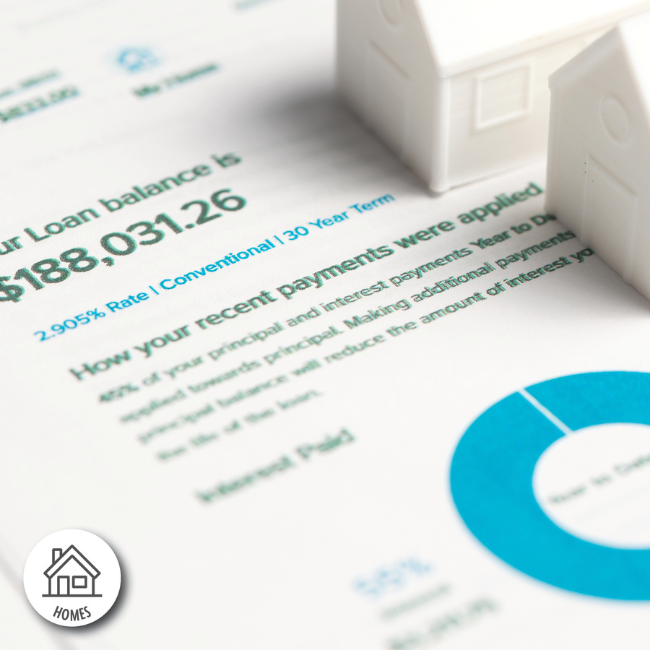The Anatomy of a Mortgage Payment

Trying to understand your mortgage payment can be like trying to decode a secret language. At the very least, you may be wondering what all the lingo means.
No worries; we can help! Let’s take a look at the different components of your mortgage payment, explain how it’s calculated and offer tips for managing payments effectively.
Principal
The principal of your mortgage is the amount of money you borrow from your lender when buying your home. A portion of each payment goes toward paying down this principal. In the early years of your mortgage, a smaller portion of your payment goes toward the principal while most goes toward interest. As time goes on, though, this balance shifts, and more of your payment goes toward principal.
Interest
Interest is the cost of borrowing money from your lender and is calculated on the outstanding principal balance. It’s typically expressed as an annual percentage rate (APR). The interest rate you get depends on several factors, including your credit score, your down payment amount and current market. There are two main types of interest rates: fixed and variable. A fixed-rate mortgage keeps the same interest rate for the life of the loan, while a variable-rate mortgage can change over time based on market conditions.
Property taxes
Property taxes are levied by local governments and are based on the assessed value of your property. These taxes fund essential services in your community, like schools, police and fire departments and road maintenance. The amount of property taxes you’ll pay varies widely by location.
Homeowners insurance
Homeowners insurance protects your property and belongings from damage or loss due to events like fires, storms and theft. Most lenders require borrowers to carry homeowners insurance, so your choice will not be whether to get insurance, but how much coverage to purchase.
Private mortgage insurance
If your down payment is less than 20% of the home’s purchase price, your lender will likely require you to carry private mortgage insurance (PMI), which protects the lender in case you default on your loan. The cost of PMI varies, but typically ranges from 0.3% to 1.5% of the original loan amount per year. Once you have built up 20% equity in your home, you can usually request to cancel PMI.
Tips for managing mortgage payments
Budget for your payments: Create a budget that includes your mortgage payment and other homeownership costs.
Refinancing: If interest rates have dropped since you got your mortgage, consider refinancing. Refinancing can lower your interest rate and/or monthly payment. It’s also a way to switch from a variable to a fixed-rate mortgage.
Extra payments: Making extra payments toward your principal can help you pay off your mortgage faster and save on interest paid over the life of the loan.
Understanding the anatomy of a mortgage payment is essential for managing your finances. Use this guide to learn about the components of your mortgage and how to manage your payments effectively.

